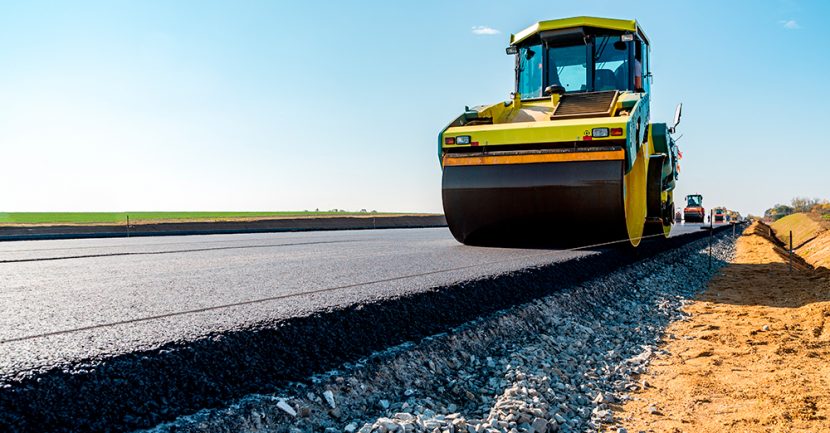The regulations that govern construction sites and workers are known as construction site safety rules and regulations. Also referred to as construction standards or occupational health and safety regulations, these guidelines enable the effective and safe management of construction sites by highlighting risks, hazards, and necessary safety measures to prevent accidents.
These safety rules and regulations have been compiled to assist site managers, safety managers, inspectors, general supervisors, and others in making informed decisions about work procedures and site operations.
Importance of Safety Regulations
- Prevention of Accidents: Safety regulations help prevent accidents, which can result in injuries, fatalities, and property damage.
- Protection of Workers: Safety regulations protect workers from hazards, ensuring their health and well-being.
- Compliance with Laws: Adhering to safety regulations ensures compliance with laws and regulations, avoiding legal liabilities.
- Enhanced Reputation: Companies that prioritize safety regulations enhance their reputation, attracting clients and top talent.
Common Safety Regulations in Civil Engineering
- Personal Protective Equipment (PPE): Provision and use of PPE, such as hard hats, safety glasses, gloves, and steel-toed boots.
- Fall Protection: Use of harnesses, lanyards, safety nets, and fall arrest systems to prevent falls.
- Scaffolding Safety: Regular inspections, proper assembly, and use of scaffolding.
- Electrical Safety: Lockout/tagout procedures, electrical grounding, and insulation.
- Fire Safety: Fire extinguishers, fire alarms, and emergency evacuation plans.
- Excavation Safety: Shoring, trenching, and excavation permits.
Personal Protective Equipment (PPE) for Civil Engineering Works
The following PPE should be provided and used on civil engineering construction sites:
- Head Protection:
- Hard hats (EN 397)
- Safety helmets (EN 397)
- Eye and Face Protection:
- Safety glasses (EN 166)
- Goggles (EN 166)
- Face shields (EN 166)
- Hearing Protection:
- Earplugs (EN 352)
- Earmuffs (EN 352)
- Respiratory Protection:
- Dust masks (EN 149)
- Respirators (EN 136)
- Hand and Arm Protection:
- Gloves (EN 388)
- Arm guards (EN 388)
- Foot and Leg Protection:
- Steel-toed boots (EN 345)
- Safety shoes (EN 345)
- Leg guards (EN 388)
- Knee pads (EN 388)
- Body Protection:
- High-visibility vests (EN 471)
- Reflective jackets (EN 471)
- Coveralls (EN 340)
- Fall Protection:
- Harnesses (EN 361)
- Lanyards (EN 354)
- Safety nets (EN 1263-1)
Potential Injuries from Lack of Safety
- Head Injuries: Concussions, skull fractures, and traumatic brain injuries from falls or falling objects.
- Spinal Cord Injuries: Herniated discs, spinal fractures, and paralysis from falls or heavy lifting.
- Electrical Shock: Cardiac arrest, burns, and neurological damage from electrical accidents.
- Crushing Injuries: Amputations, fractures, and internal injuries from heavy equipment or falling objects.
- Respiratory Problems: Silicosis, asbestos poisoning, and other respiratory diseases from inhaling hazardous materials.
- Heat-Related Illnesses: Heat exhaustion, heat stroke, and dehydration from working in extreme temperatures.
- Musculoskeletal Disorders: Strains, sprains, and repetitive strain injuries from manual handling and heavy lifting.
Challenges to Adherence
- Lack of Training: Insufficient training on safety procedures and regulations.
- Inadequate Resources: Inadequate funding, equipment, or personnel to ensure safety.
- Time Pressure: Tight deadlines and pressure to complete projects quickly.
- Complacency: Familiarity with tasks can lead to complacency and neglect of safety protocols.
Strategies for Improvement
- Regular Training: Provide regular training on safety procedures and regulations.
- Safety Audits: Conduct regular safety audits to identify hazards and improve safety protocols.
- Safety Incentives: Offer incentives for safe behavior, such as rewards or recognition.
- Leadership Commitment: Demonstrate leadership commitment to safety, setting a positive tone for the organization.
- Technology Integration: Leverage technology, such as safety apps and drones, to enhance safety monitoring and reporting.
By prioritizing safety regulations and providing the necessary PPE, civil engineering companies can minimize the risk of accidents, injuries, and fatalities, ensuring a safer work environment for everyone involved.







